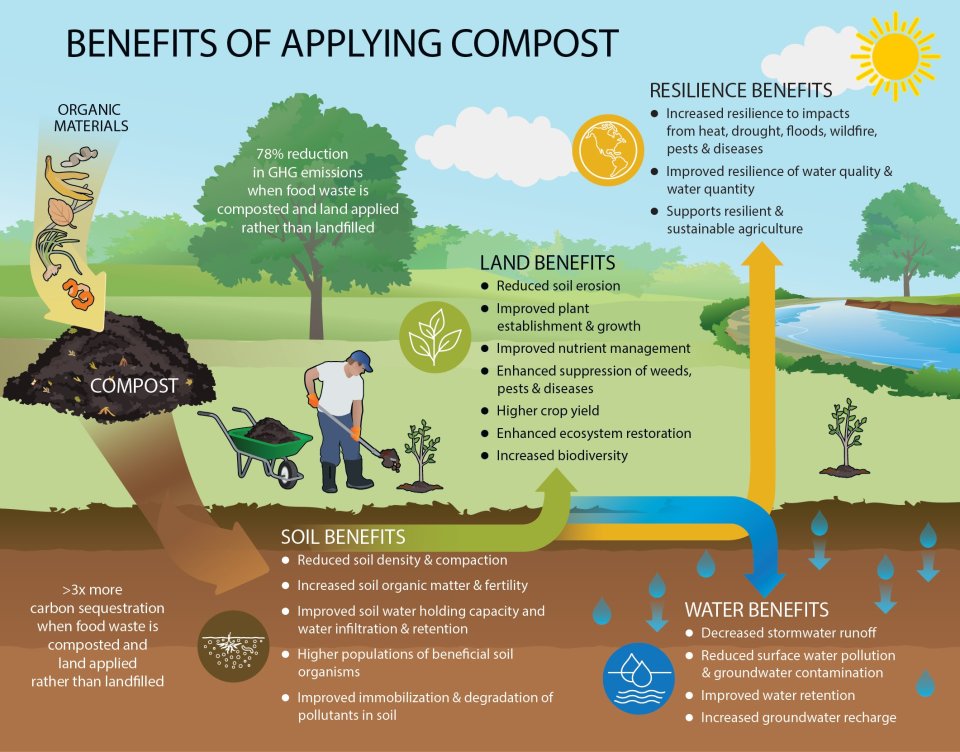Context:
The Central Government recently notified the Environment Protection (Management of Contaminated Sites) Rules, 2025 on 25 July 2025. The rules seek to identify, assess, and scientifically remediate contaminated sites across India while ensuring accountability and public participation.
Key Features of the 2025 Rules:
1. Structured Mechanism for Site Identification
-
- State Pollution Control Boards (SPCBs) and local bodies are empowered to identify and list suspected sites based on:
- Industrial activities
- Historical waste dumping
- Community complaints
- Industrial activities
- State Pollution Control Boards (SPCBs) and local bodies are empowered to identify and list suspected sites based on:
2. Centralised Online Portal
-
- A portal managed by the Central Pollution Control Board (CPCB) will host all data on contaminated sites.
- Ensures transparency, tracking, and integration of data across states.
- A portal managed by the Central Pollution Control Board (CPCB) will host all data on contaminated sites.
3. Risk-Based Scientific Assessment
-
- Initial screening, followed by detailed site investigations, determines whether a site exceeds defined risk thresholds.
- If confirmed, it is officially designated as a “Contaminated Site”, triggering mandatory clean-up.
- Initial screening, followed by detailed site investigations, determines whether a site exceeds defined risk thresholds.
4. Polluter Pays Principle Enforced
-
- A “responsible person” (company, entity, or individual) is to be identified within 90 days.
- Polluters bear full liability for environmental and human health damage.
- Land transactions or land use changes are restricted until full remediation is verified.
- A “responsible person” (company, entity, or individual) is to be identified within 90 days.
5. Government Intervention When Polluter is Unknown
-
- If the polluter is untraceable, clean-up costs may be covered by:
- Environment Relief Fund (ERF) under the Public Liability Insurance Act
- Penalties collected from other environmental violations
- Environment Relief Fund (ERF) under the Public Liability Insurance Act
- If the polluter is untraceable, clean-up costs may be covered by:
6. Oversight and Monitoring
-
- A Technical Committee with representatives from ministries, SPCBs, experts, and regulators will:
- Monitor implementation
- Recommend additional actions
- Submit annual reports to the Centre
- Monitor implementation
- A Technical Committee with representatives from ministries, SPCBs, experts, and regulators will:
7. Public Participation
-
- Public comments must be invited within 60 days of site notification.
- Final list of contaminated sites to be published in local newspapers.
- Public comments must be invited within 60 days of site notification.
8. Cost-Sharing Model
-
- Funding ratio:
- 90:10 for Himalayan and Northeastern States (Centre:State)
- 60:40 for other States
- 100% Central funding for Union Territories
- 90:10 for Himalayan and Northeastern States (Centre:State)
- Funding ratio:
Advantages of the Rules:
· The rules establish a structured mechanism for identifying and cleaning up contaminated sites, which will help to ensure accountability and transparency.
· The risk-based approach to remediation will help to prioritize sites that pose the greatest risk to human health and the environment.
· The rules promote public participation and disclosure, which will help to ensure that affected communities are informed and involved in the remediation process.
Disadvantages of the Rules:
· The rules exclude specific categories, such as sites contaminated with radioactive waste, mining areas, and maritime oil spills, which may still pose significant environmental and health risks.
· While the rules provide for cost-sharing between the Centre and states, the funding mechanism may not be sufficient to cover the costs of remediation, particularly for sites where the polluter cannot be identified.
· The effectiveness of the rules will depend on their implementation, which may be challenging given the complexity of the issue and the need for coordination between different agencies and stakeholders.
Conclusion:
The Environment Protection (Management of Contaminated Sites) Rules, 2025 represent a significant leap in India’s environmental regulatory framework. For a country grappling with industrial contamination and rising environmental health costs, these rules offer a much-needed legal, institutional, and technological response to one of the most neglected areas of pollution control.







